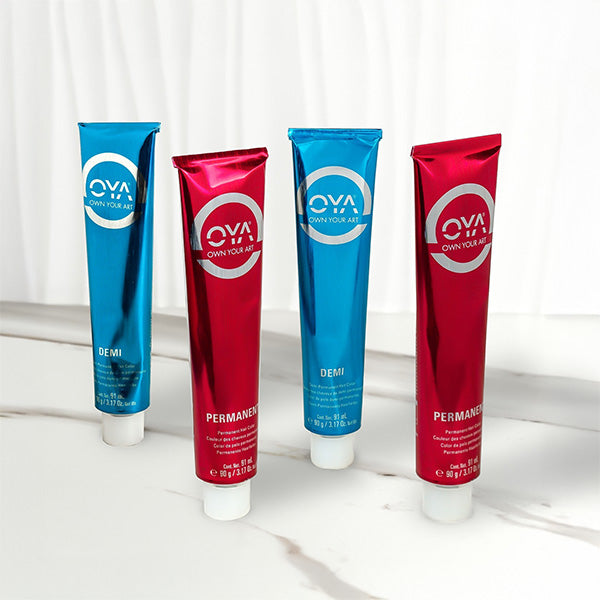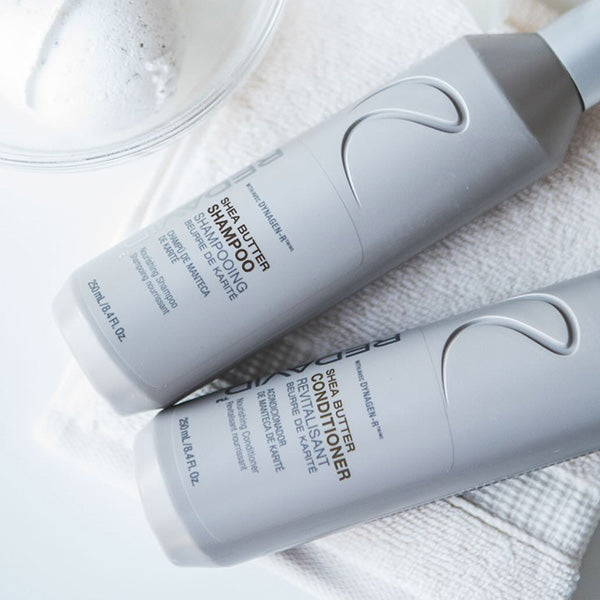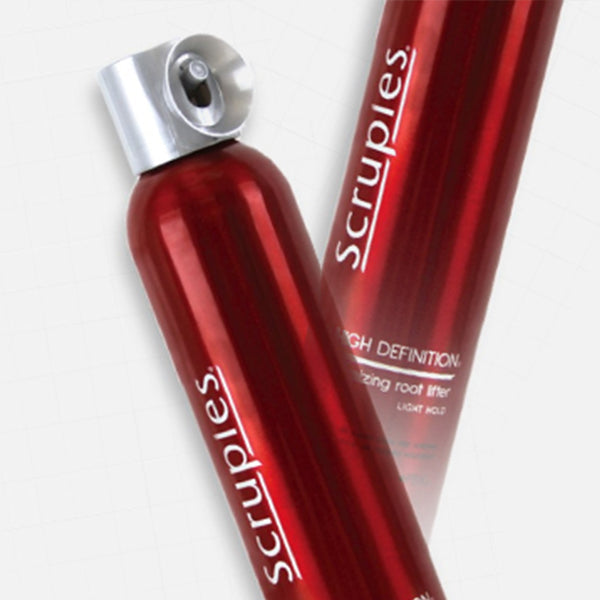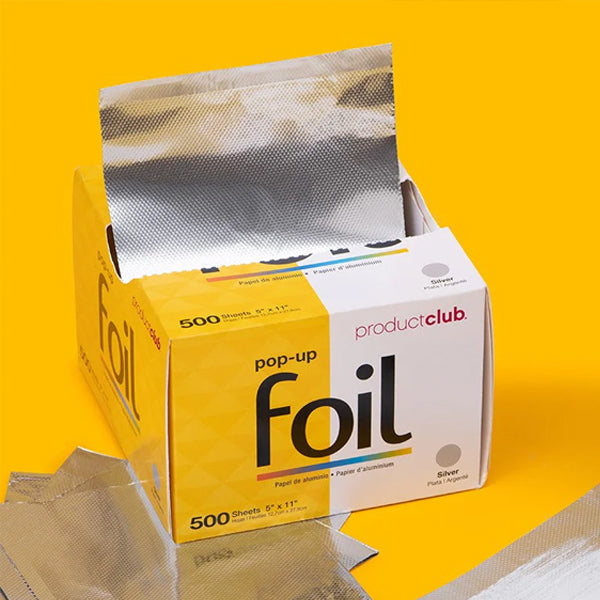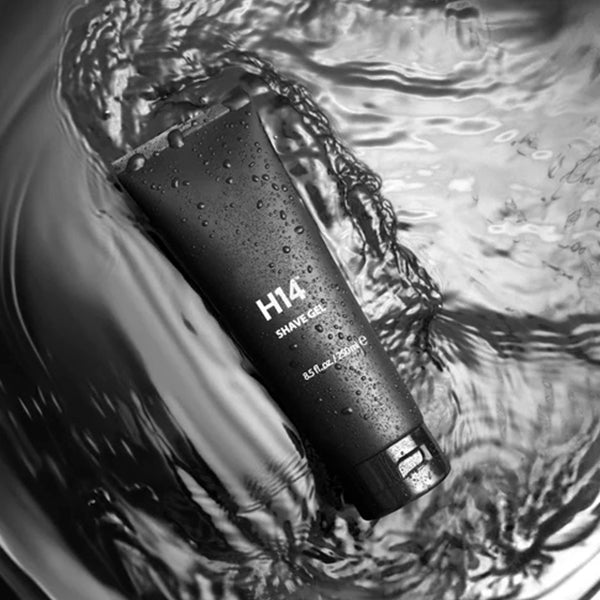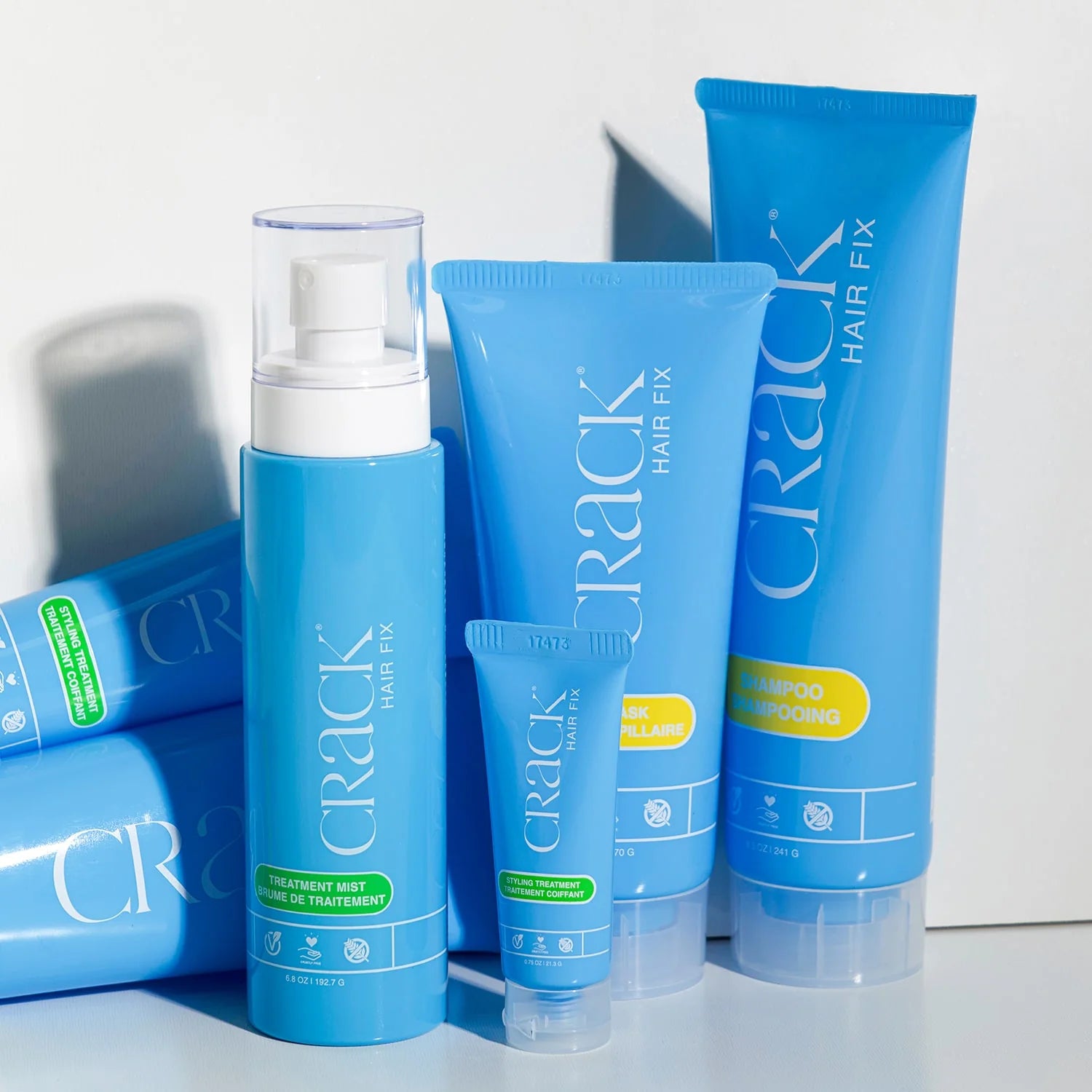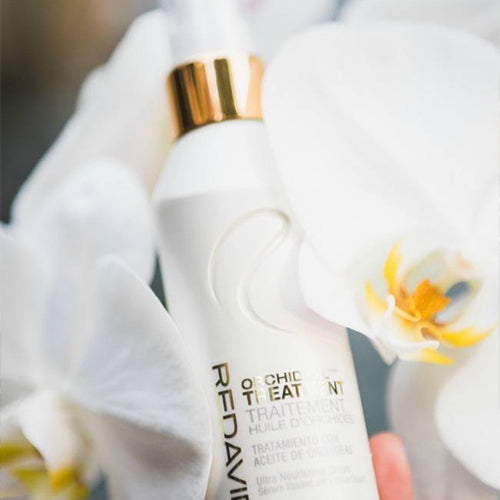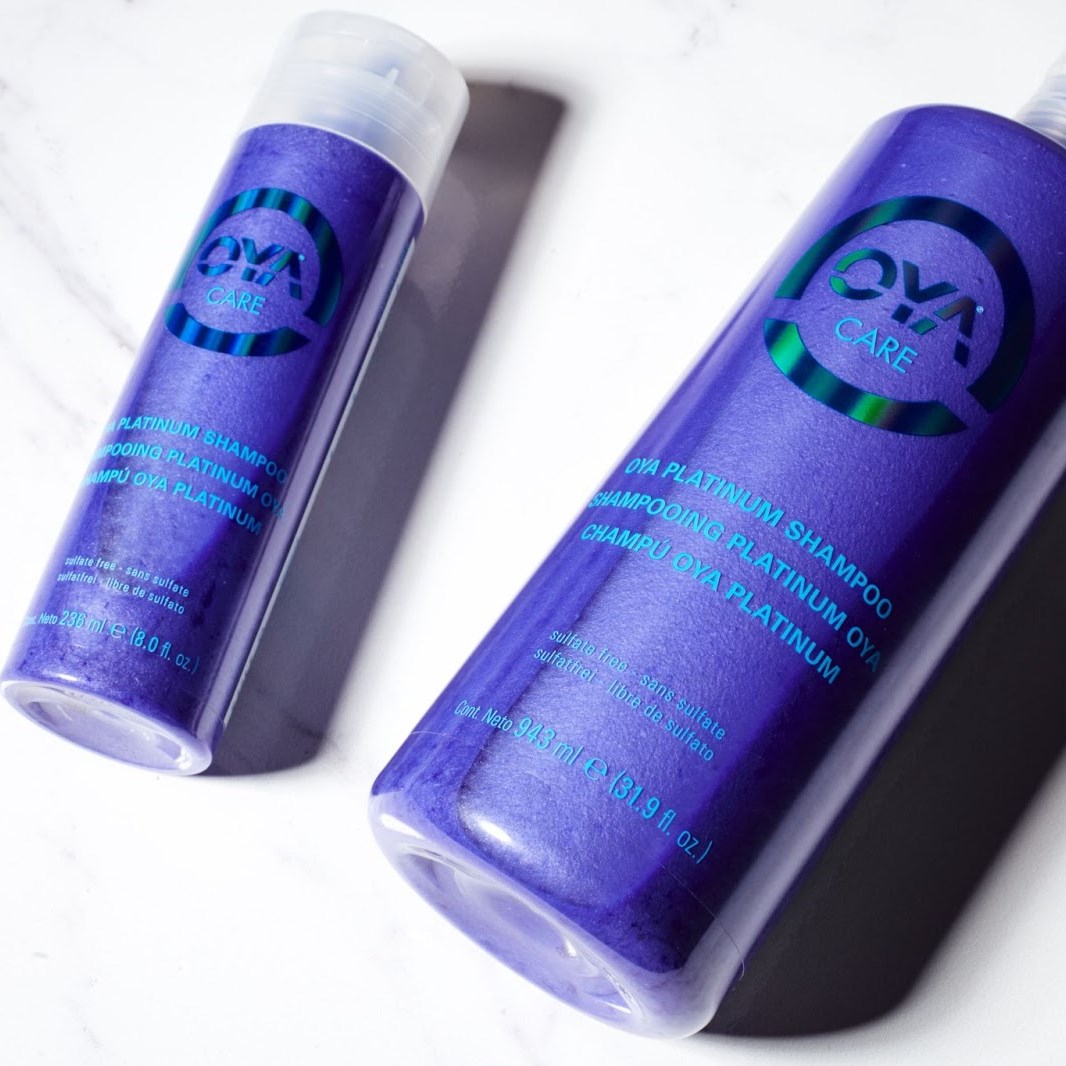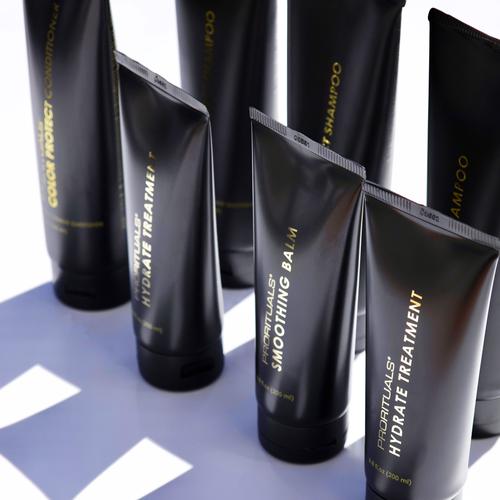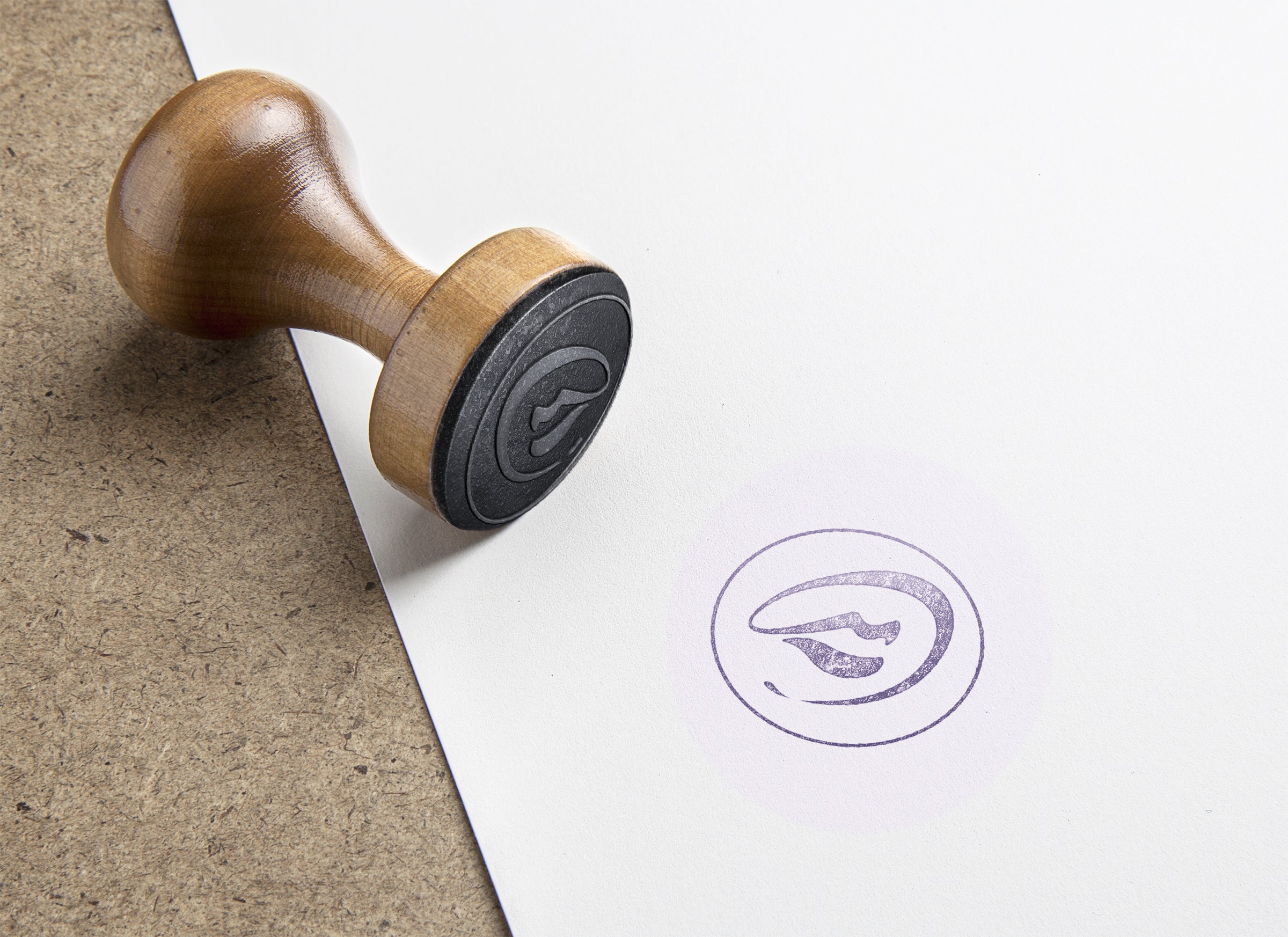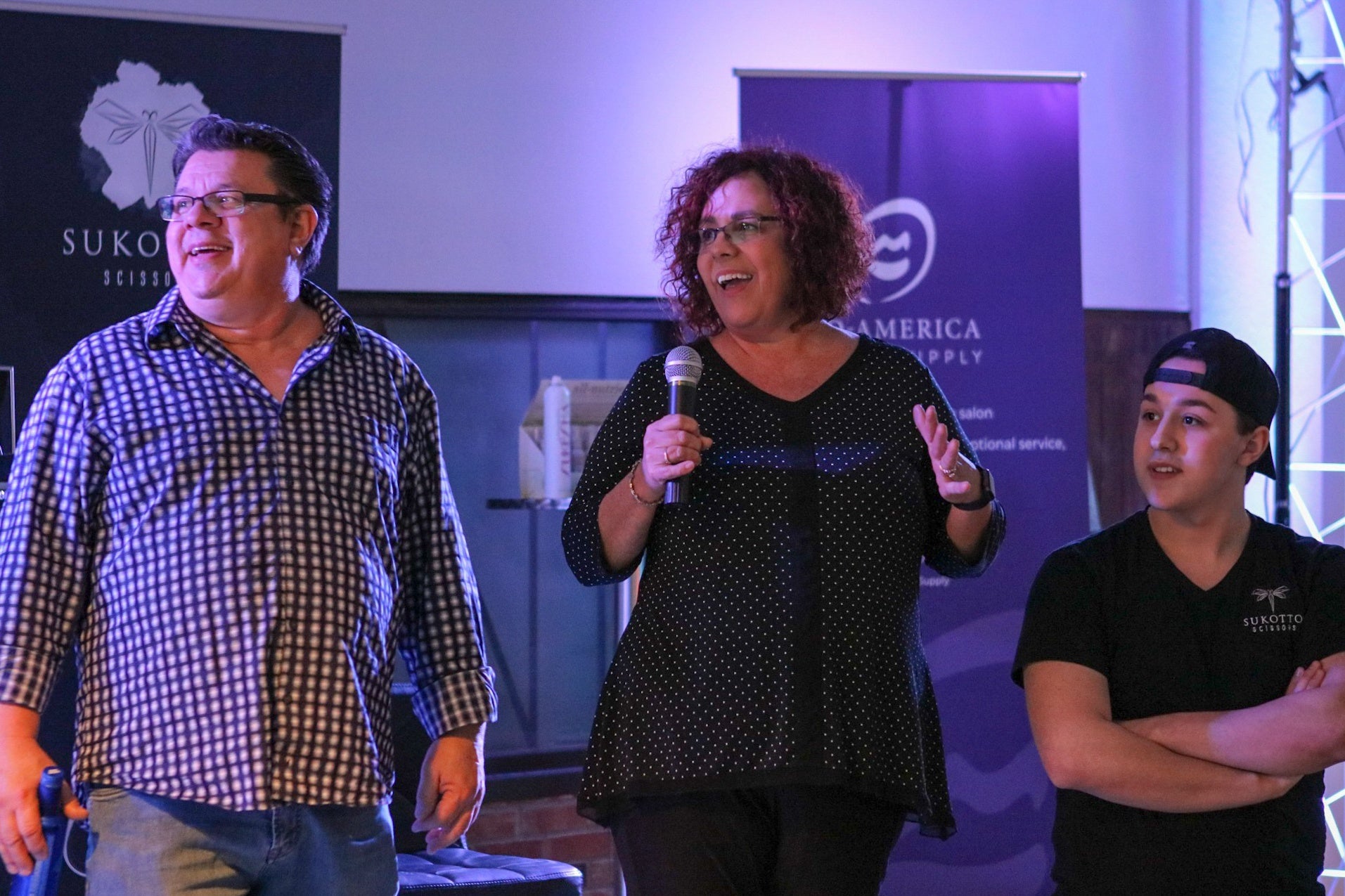Faster, Better, Longer Gray Coverage
Using Permanent Color As Toner: When & How
Instead of doing a messy root touch-up in between foils, then toning or applying a shadow root—you can achieve the coverage of ALL these services in one application with permanent color.
Since toners are typically deposit-only demi-permanent glosses, they sit on the outside layer of the cuticle and fade quickly. For clients without previous color or grays, toning with a demi is simple. But, for gray coverage clients that have previous permanent color, you need something stronger.
That’s where the power to deposit, fill, cover and soften is needed. A permanent color melt can deposit deeper into the cortex to cover grays, softly adjust the base to blend highlights, shadow root and tone—all at the same time.
How To Avoid Brass When Blonding For Gray Coverage
If you’re going for natural-looking gray coverage but have clients that pull warm, all you need is tone softener. It eliminates all of the common issues [stylists have] with toning with permanent color. Tone Softener acts like a conditioner with a pH of 4.5 which allows it to do two things:
1. Drops the alkalinity, cutting down the ammonia content for a softer lift without a brassy shift in base color.
2. Dilutes the opacity for a more translucent deposit of color. This creates dimensional coverage over grays and highlights—without an opaque line of demarcation.
So, by adding an acidic conditioning agent to your ammoniated formula you will reduce the pH, cutting down the power of lift and the exposure of warmth that will be shown.
------------
Source: Behind the Chair


